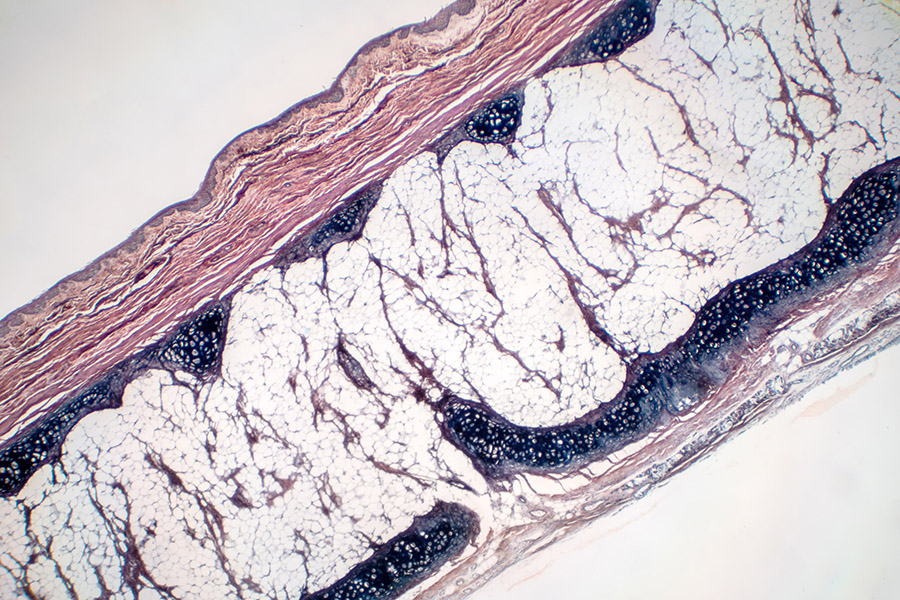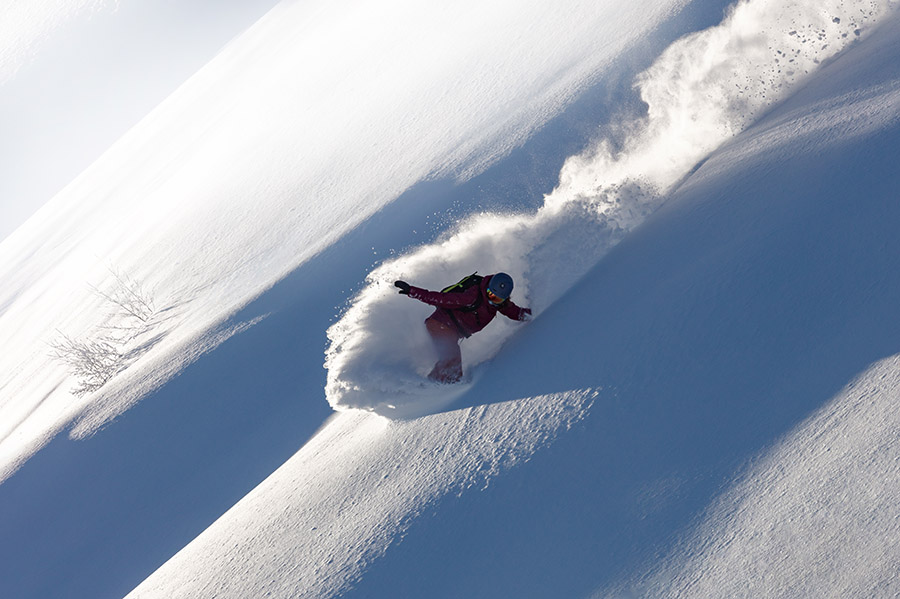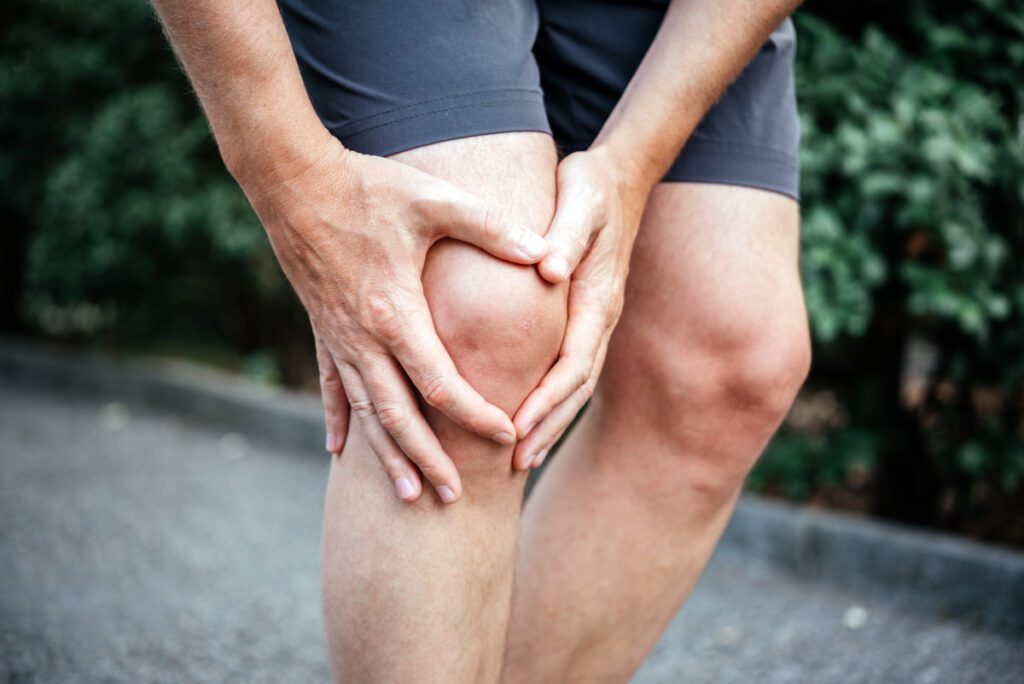A meniscus injury is one of the most common knee injuries and occurs when the knee is twisted or rotated forcefully, especially when full weight is on the knee. An injury to the meniscus is a common sports-related injury that needs a proper evaluation to determine the best course of treatment.
We at Everett Bone & Joint are known for using innovative methods to treat our patient’s knee and tendon injuries. Below you’ll find information about meniscus injuries symptoms and treatments.
What is the Meniscus?
The meniscus functions as a shock absorber and is a crescent-shaped cartilage within the knee that sits between the thighbone and shinbone. Each knee has two menisci and provides cushion to the wear and tear on the surrounding cartilage that protects the end of the leg bones.
Types of Meniscus Injuries
Injury to the meniscus is often a result of an abrupt twisting or rotating of the knee, such as from straining during squatting, bending or lifting heavy objects, and hard impacts during a sports activity. These injuries can range from a sprain to a full meniscus tear or partial tear.
Torn Meniscus
A meniscus tear is when the cartilage is damaged and the integrity is compromised. While they are predominantly caused by sport-related activities, degeneration in older adults from osteoarthritis can weaken the meniscus so that it tears even if little strain has taken place. A torn meniscus can behave like a crack in the glass, spreading in different directions, but a severe tear can cause the meniscus to detach or break off.
Sprained Meniscus
The causes of a meniscus tear are the same as a sprain, the chief difference between these two injuries is their severity. If the meniscus is only sprained, the symptoms will be the same as a tear but far less extreme as the meniscus has been stretched with some minor tearing.
Meniscus Injury Symptoms
Whether a tear or sprain, the symptoms will be the same for an injury to the meniscus and includes:
- Swelling
- Stiffness
- Knee pain in one or both sides
- Hearing or feeling a pop combined with sudden pain
- Weakness in the knee during the present activity
- Knee catching or locking during a movement
These symptoms worsen with additional strain and weight-bearing on the affected knee and are more pronounced with a tear. While a tear will decrease the knee’s range of motion, a sprain usually leads to knee catching or locking rather than a decreased range of motion.
Meniscus Injury Treatment
The only way to identify if the meniscus is torn or sprained is through a physical exam, in which the doctor will likely move the knee and leg into different positions, watch you walk, and squat. They may also order imaging tests, such as an X-ray or MRI to determine the extent of the tear and ensure it isn’t a sprain.
Once properly diagnosed, the physician will likely recommend conservative and non-surgical treatments, such as:
- Rest
- Ice
- Physical therapy or home exercise
- bracing
- Over-the-counter pain relievers
While uncommon, surgery is sometimes recommended for meniscus tears, especially if the knee remains painful or continues to lock. In younger adults and children, repairing a torn meniscus is more possible. If the tear cannot be repaired, a doctor will likely recommend the meniscus be surgically trimmed. After this procedure, exercises will be given to increase and maintain the knee’s strength and stability.
There are three surgical treatments for a torn meniscus:
- Meniscectomy (meniscus trimming)
- Meniscus repair
- Meniscus transplant
Preventing Meniscus Tears
Preventing injury to the meniscus or a meniscal tear is difficult as it often occurs during athletic activities and random accidents, such as slip and fall. To decrease the chances of these injuries, there are proper knee care methods to lower your risk:
- strengthening the leg muscles for better knee support
- properly warming up before activities
- ease into new activities and gradually increase the intensity
- wearing appropriate footwear to avoid slipping and twisting the knee

























